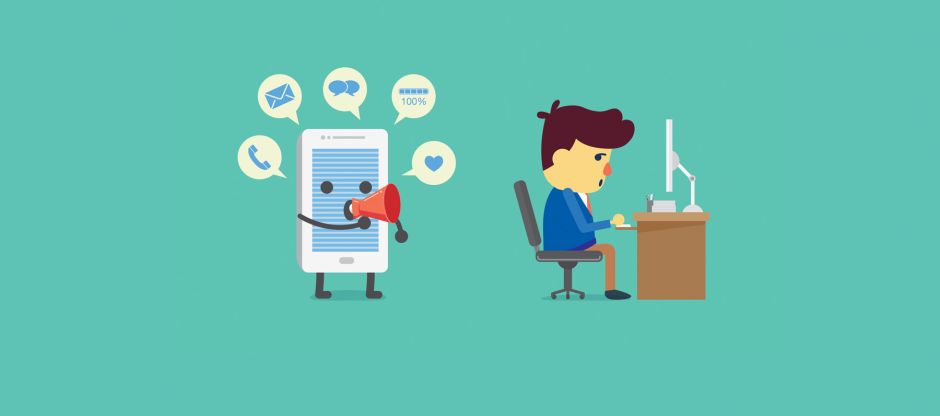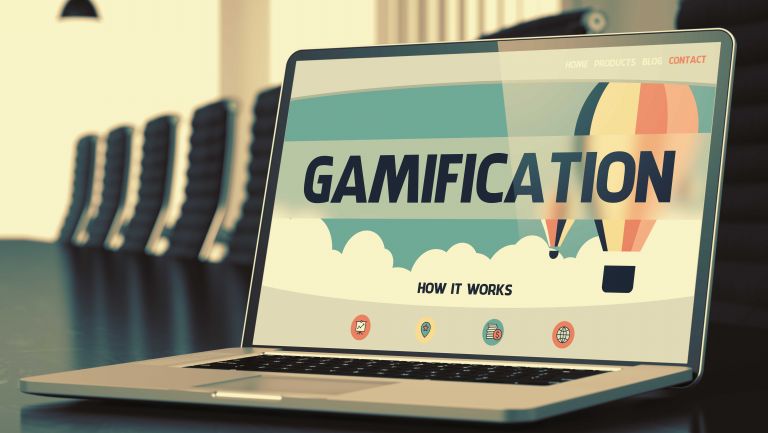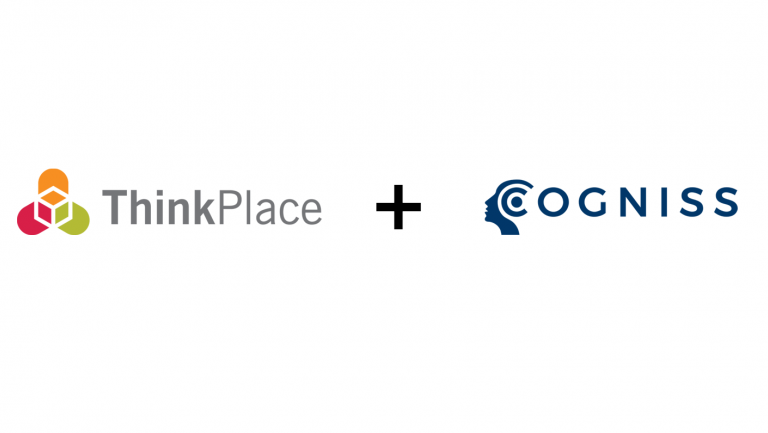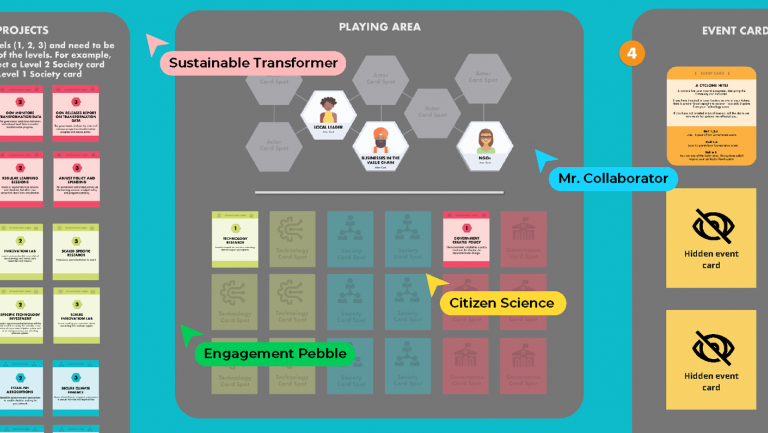Sign up for our monthly newsletter
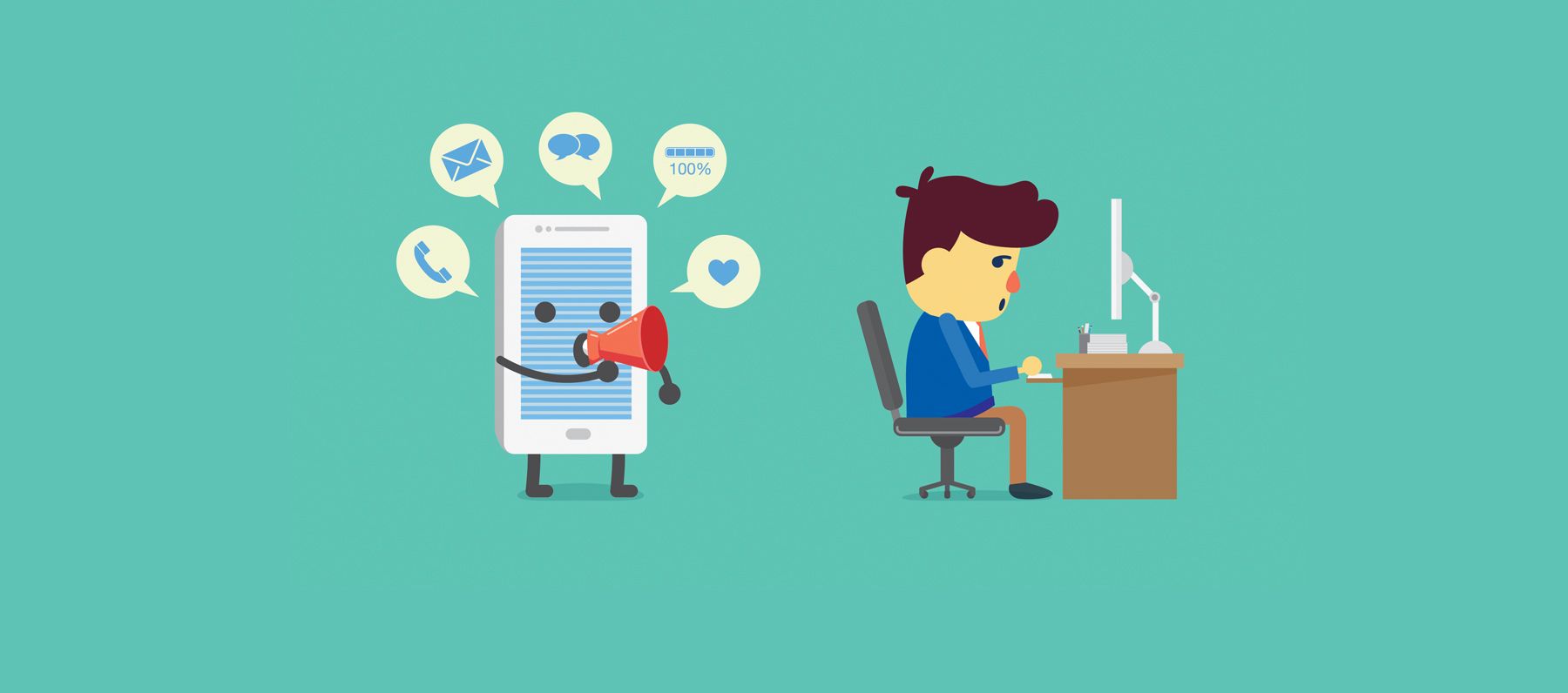
Do you really need to send that hundred dollar email?
Wait. Hold on. Move your hand away from the mouse.
Do you really need to send that hundred dollar email?
Apologies if I’m cutting into your productive time here but, at ThinkPlace recently we’ve been thinking and talking a lot about... distraction.
Why? As ThinkPlace designers begin returning to our studios (in parts of the world where it’s safe to do so) they are returning to environments we have purpose built to foster creativity, innovation and collaboration.
In many ways these environments make it easier for us to do our work, but there’s one thing we are noticing: For some people, working from home allowed for a singularity of focus -- a distraction-free bubble for deep reflection -- that can be hard to reproduce in a modern office, however forward-thinking it might be.
We’ve become very intentional about having a conversation around distraction and making sure that we update some of our working arrangements as a result. Here are some of the fruits of that discussion…
To send or not to send
You’ve typed out your email. It’s twelve lines long when it could be just two but, hey, it’s good to be friendly, right? Now you need to send it. You cc in the leadership group (that’s 8 people) then three or four from your own team. Add somebody from the admin or HR teams and a couple of others who aren’t directly relevant but might like to know.
Your email is now going to 15 people.
Because we are a consultancy, at ThinkPlace we know that each minute of our people’s time is worth a certain amount. Let’s say it’s two dollars.
Each one of those recipients is engaged in doing something else. When they receive your email, they stop what they are doing and open it up. Once they’ve read it and decided whether to respond you might be talking about four or five minutes. Right there our business (and our clients) have lost 60 total minutes of productivity. At two dollars a minute, that’s $120. For one email.

Now count the ripples
That’s before you count the ripples. Your initial email, of course, invites responses from some of the 15 recipients. Sarah writes back to say “Thanks for keeping me in the loop”. It takes her less than a minute. But 15 people open and read her message.
Others want to ask questions. Did you mean to ask for their review? Their decision? Or were you just informing them? If you didn’t say, you’ve opened the door for confusion. This might sound hyperbolic but believe me (I’m a mathematician) that email you sent might end up costing $500. Maybe more.
That’s just the beginning. Research shows that when we surface from deep thought to do something like respond to a message it can take around 23 minutes for us to return to the focused state we’d achieved prior to the distraction. Think of the combined impact across those 15 people. How many ways could all that time be better and more productively spent?
Communication is good
Don’t get me wrong: Communication is a good thing. We don’t want to spend our working lives isolated and alone. ThinkPlace is a highly collaborative company, both in how we work with clients and how we work with each other. We embrace the potential for technology to strengthen and enable our best work.
It’s about making sure we make information technologies work for us, not the other way round. It’s about intentionality.
First, do you need to send that email at all? Second, can you make it succinct and to the point? Third, can you send it only to those who NEED to get it and mark clearly what you’re asking from them? Is it for decision? For advice? Or some other reason?
Sending messages to people sitting ten metres away? I am not a fan. Sometimes I’ll get three or four emails from one person over the course of a morning. Could they all have been rolled into one? Almost certainly. Rather than respond I will walk over to their desk and say: “What do you want to talk to me about?” We can usually cut to the heart of what’s important and deal with it much quicker. And I get to stretch my legs.
Quiet zones
As some of our people return to the studio we have begun exploring how we can adapt the break out rooms in our open-plan layout to create deep thinking spaces. Maybe we’ll supply noise cancelling headphones and ask people to leave their devices in a box outside? Maybe it’s as low-tech as a comfier chair and a ‘do not disturb’ sign. There are a range of noise absorbing pods, materials and ‘cone of silence’ products out there.
It’s a mindset change as much as anything. We have tended to regard the small meeting rooms that surround our open floor as places to take a call, to have that zoom meeting so that our noise does not impact on colleagues. That’s still a good idea. But it’s also a good idea to have some dedicated spaces for quiet thinking and deep reflection. Because when you make physical space for something you are declaring that you value it. Once again, intentionality is key.
Be alert to the power of… alerts

As designers ourselves, who have helped create plenty of compelling digital products, we are well aware of the way messaging apps seek to shape behaviour.
And yet it works on us anyway.
The dopamine inducing ‘ping’ of a new message. The emojis, the red-flashing notifications creating undue urgency. Many of the apps that populate our every waking moment use behavioural prods like variable rewards that are not dissimilar to the way poker machines work. When each of us carries five or six different messaging platforms in our pocket it can be hard to shut out distraction.
A recent audit spanning 50 Slack users across our Australian and Singapore studios revealed they are averaging a combined 2558 messages a day. That’s more than 50 messages per person!
We are locked in a constant battle with platforms that are designed to grab and hold our attention. I think it’s healthy to turn off alerts and push notifications wherever you can and think carefully about which platforms are essential to have on your phone. Make dedicated times during the day when you check in on email or other messages (I like to do this after lunch when I know my body is not at its most alert). I am unashamedly pro technology and most definitely pro communication. But it needs to be on your terms and at a time that suits you.
Open a window
It’s a generalisation but I do believe some people feel they need to be always-on because they are just THAT busy, THAT important. It can be comforting to think this but, ultimately, it’s a millstone you make for yourself.
I am the founding partner of a multimillion dollar global business that employs hundreds of people. Things come up that require my attention, it’s fair to say. But I keep a pretty strict digital-free window, outside of emergencies. For me, that means the phone goes away at 7:30pm and doesn’t come back until 7:30am.
Those hours won’t work for everybody. For some people with small kids it helps to disconnect earlier and then briefly re-engage after dinnertime, bathtime and bedtime. You have to understand your own situation. But having a distraction-free period away from devices and platforms can be hugely useful. It takes discipline, but it also takes the humility to acknowledge that maybe none of us is as important as we like to think. The world will (probably) keep turning if you don’t reply to that message immediately.
Now, I don’t mean to be rude but… get back to work!
